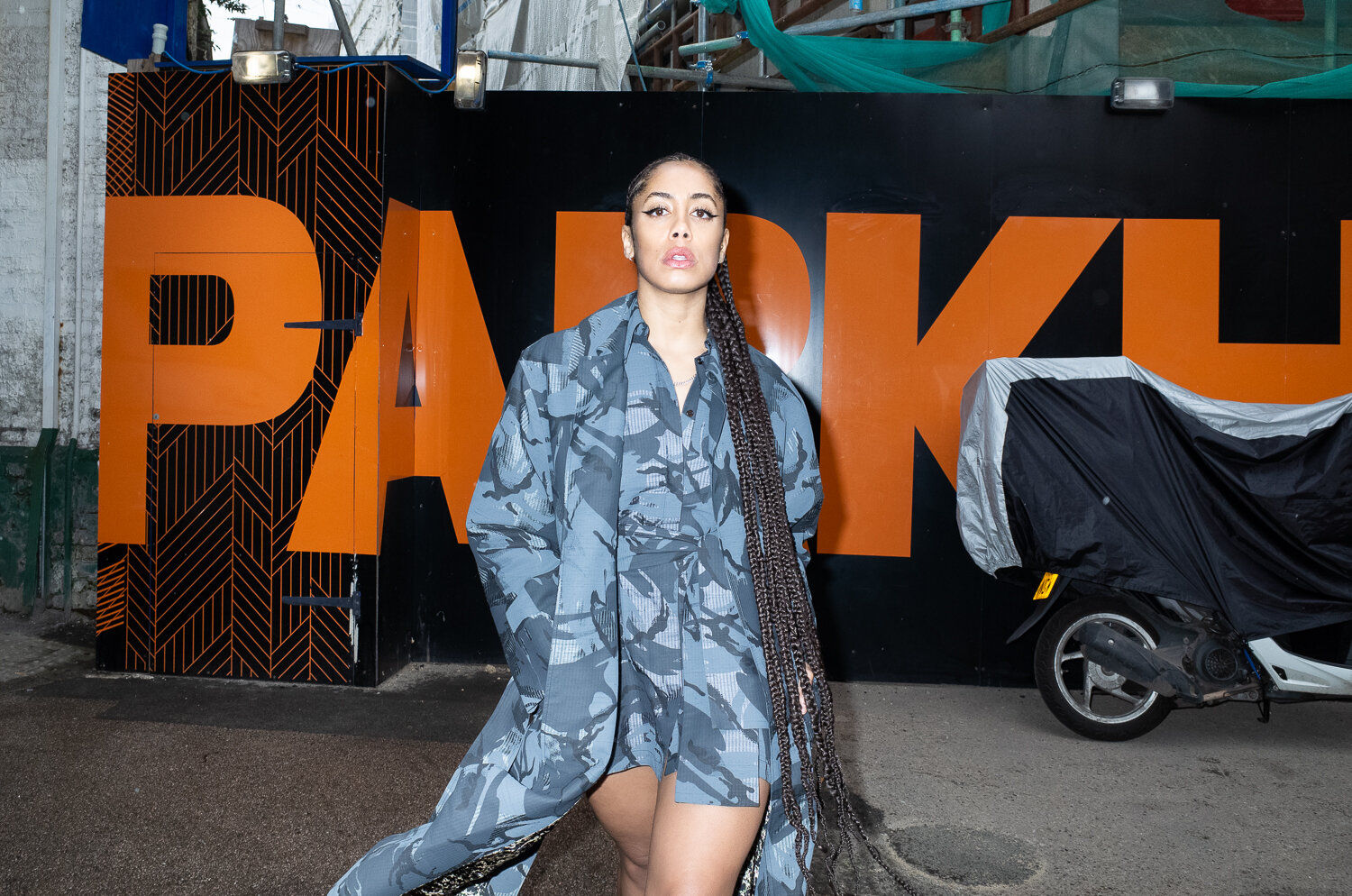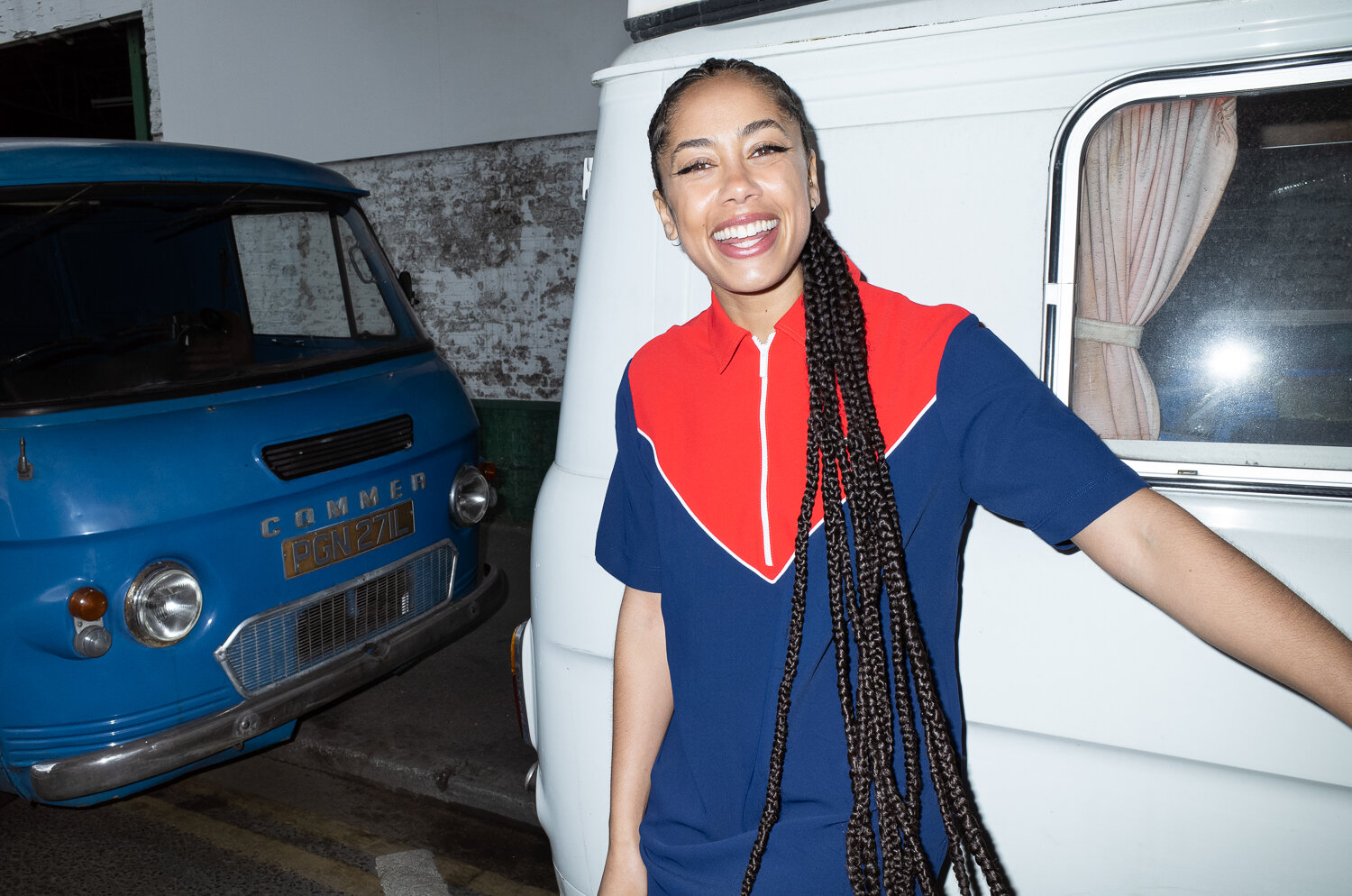Let’s not sugarcoat it — product lifestyle photography can be the make or break of how your brand shows up online.
You’ve probably seen it yourself. A great product, a decent-looking model… and still, the image just doesn’t hit.
So what’s going wrong? Let’s unpack the most common slip-ups that even big-name brands fall into — and how you can sidestep them with a smarter, more thoughtful approach.
1. Making It All About the Product — and Forgetting the Lifestyle
Here’s the thing: your product doesn’t live in a vacuum.
And your customers don’t want to see it in one either.
People don’t just buy a candle. They buy what it means to light it after a long day.
They don’t just want a moisturizer. They want to feel like the girl who gets eight hours of sleep and drinks green juice every morning.
That’s what product lifestyle photography should tap into — the life your product helps them live.
Common mistakes?
- Placing your product on a white background and calling it “lifestyle.”
- Skipping human elements that show how it’s used.
- Thinking a prop is a substitute for a story.
Better approach?
Create a scene. Use real people. Build mood. Add emotion.
2. Choosing the Wrong Setting
Have you ever seen a great product photo… and still feel nothing?
Sometimes, it’s not the product or even the model — it’s the setting that throws everything off.
Where you shoot matters. A lot more than most people think.
Let’s say you’re showing off a luxury skincare product. But the background looks like someone’s cluttered laundry room. Yeah — not exactly spa vibes.
That disconnect? It’s subtle, but it’s enough to stop someone from clicking “buy.”
If you’re working with product photography services near Boston, you’ve got options. Real ones.
Think cozy lofts with window light. Neutral-toned bathrooms. Stylish coffee shops. Whatever feels true to your customer’s life.
In the end, the location isn’t just a backdrop. It’s part of the story.
3. Ignoring Your Audience
Quick question — who are you actually selling to?
No really, take a second.
Because if your shot doesn’t reflect them, they’ll feel it. Even if they don’t say it out loud.
So many brands shoot their products with gorgeous models and expensive props… but the end result just feels off. And usually, it’s because the audience wasn’t part of the equation.
If your customers are new moms, Gen Z skincare lovers, or middle-aged tech buyers — your photos should mirror that.
Here’s what to keep in mind:
- Age matters. So does lifestyle.
- Diversity isn’t a trend — it’s essential.
- People want to see someone who gets them.
Your audience doesn’t need a perfect model.
They need someone relatable.
Someone real.
4. Overediting to the Point of No Return
We’ve all seen it — that photo with the glassy skin, glowing beyond belief, no pores in sight. And while it might look pretty at first glance… something about it just feels fake.
In beauty product photography, this happens a lot.
Yes, editing is important. But too much? You lose the magic. The texture. The trust.
Let’s be honest — no one has completely flawless skin, and your customers know that. When you smooth everything out into a blur, it doesn’t impress. It disconnects.
Instead?
- Keep the texture. Let skin look like skin.
- Don’t push the colour so far it looks like candy.
- Light touchups? Great. Total digital makeover? Not so much.
Real sales. Over-polished doesn’t.
5. Using Props That Don’t Make Sense

You ever look at a product photo and ask yourself, “Wait… what’s that doing there?”
Props are great — until they confuse your audience or distract from the product. And that happens more often than you’d think.
Take a shampoo bottle sitting next to a random pinecone. Or a laptop next to a coffee mug… in the middle of a forest. Like — huh?
The point of props is to build the scene, not complicate it.
So here’s the rule of thumb:
If it doesn’t support the story, it probably doesn’t belong in the shot.
Better ways to think about props:
- Choose 1 or 2 at most — don’t overstyle.
- Stick to objects your customer already uses.
- Keep the colour palette tight. Neutral helps.
Sometimes the best photos are the simplest ones. You don’t need a whole spread — just the right touch.
6. Playing It Safe with Lighting
Lighting can make or break everything.
No exaggeration — it’s the difference between an image that stops someone mid-scroll… and one they forget before their thumb even lifts.
So why do so many shoots settle for boring, flat, “safe” lighting?
Probably because it’s easier. But easier rarely means better.
In product lifestyle photography, lighting should feel like part of the environment. Not like it came from a flashlight or a ring light set to 100.
If you’re not sure where to start:
- Try natural light — morning or golden hour light is a gift.
- Let shadows in. They add mood, depth, personality.
- Test a few options. Don’t just set it and go.
Bad lighting looks staged.
Good lighting? It’s like a good soundtrack. You might not notice it directly, but you feel it.
And that feeling? That’s what sells.
7. Forgetting the Brand Story
Product photography should feel like part of your brand — not a stock image someone pulled from the internet.
Your visual content should sound like your brand’s voice — even when there’s no text.
If your tone is bold and quirky, don’t shoot like a minimalist skincare brand. If your vibe is clean and calming, don’t go for neon lights and chaos.
Keep it consistent:
- Colours
- Angles
- Styling
- Energy
When your photos match your message, people start recognising your brand — even before they see the logo.
8. Hiring a General Photographer
Let’s keep this simple.
Not every photographer understands product lifestyle work.
There’s an art to making a product look natural, desirable, and alive — all while keeping it the focus of the shot. That takes experience, planning, and a different eye.
If you’re searching for product photography services, don’t just look for pretty portfolios. Look for someone who knows what sells.
That’s what we focus on at Felix Gaertner Photography — visuals that aren’t just nice to look at, but built to convert.
9. Skipping the Strategy Phase
You can’t just wing it.
Showing up to a shoot with no plan is like walking into a pitch with no idea what you’re selling. It might work — but most likely, it won’t.
Plan before you shoot:
- Create a mood board
- Make a list of the shots you need
- Think about how and where the photos will be used
- Decide what emotions you want to evoke
Good visuals feel effortless. But the work behind them? It’s very much intentional.
10. Only Thinking Desktop
One last thing — people are looking at your product on their phones.
If you’re only creating images that look good on a big screen, you’re missing most of your audience.
What to do:
- Shoot for vertical as well as landscape
- Make sure your photos crop well on mobile
- Preview them in Instagram, on Shopify, or wherever you’ll be posting
People scroll fast.
So if your image doesn’t catch the eye on a 6-inch screen, it might never be seen at all.
Final Thought: Make It Feel Real
If there’s one thread connecting every mistake we’ve talked about, it’s this — faking it just doesn’t work anymore.
Customers are smarter than ever.
They crave connection, not perfection.
They want to see how your product fits into a life — maybe even their life.
That’s what product lifestyle photography is all about.
Not just showing a product… but showing what it feels like to use it.
Ready to do it right?
At Felix Gaertner Photography, we help you tell your product’s story in a way that feels effortless, elegant, and real.
👉 Explore our work in product lifestyle photography and see what happens when your images start speaking the same language as your brand.
Because in a world full of noise, photos that feel true are the ones people remember.

